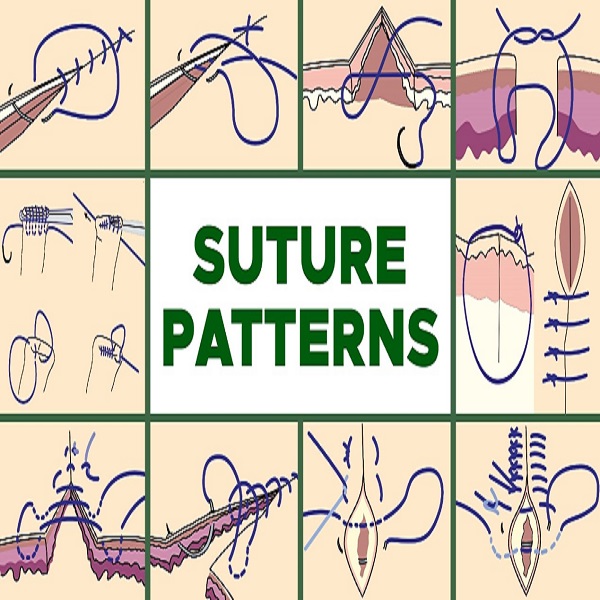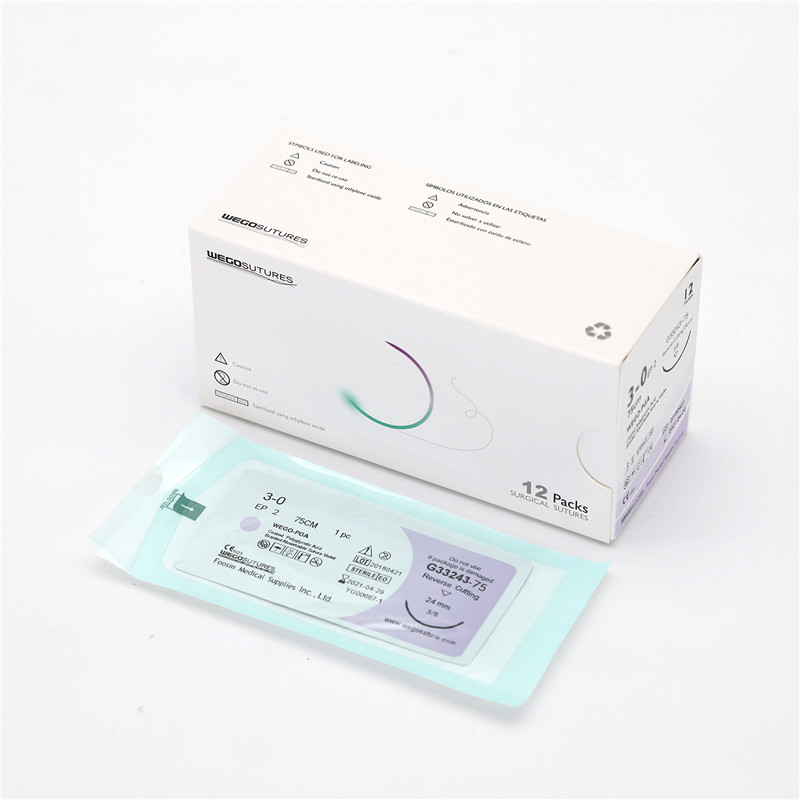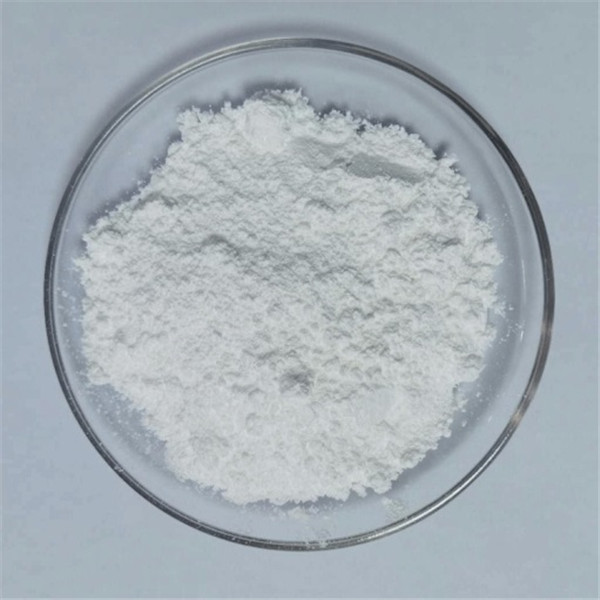D. Inverting Patterns
1. Cushing Suture

- A type of variation on continuous horizontal mattress sutures.
- Suture passed through the submucosa but not mucosa.
- This technique is often used to close the incisions in hollow organs such as the stomach, urinary bladder, and uterus.
- The suture penetrates into the submucosa without penetrating the organ lumen.
- The suture runs from both sides of the incision, parallel to each other.
- Closing hollow viscera like bladder, stomach, or uterus.
2. Connell Suture

- Similar to Cushing except for complete penetration into the lumen of the viscera.
- This technique is often used to close the incisions in hollow organs such as the stomach, urinary bladder, and uterus.
- The suture penetrates into the submucosa and mucosa.
- The Connell suture technique is almost identical to the Cushing suture technique. These two suture techniques are separated according to the tissue they penetrate during suture passage.
- Connell suture technique is used to pass through the lumen.
Usages
- First layer of hollow viscera closure (stomach, bladder, or uterus).
3. Lembert Suture

- This is similar to the vertical mattress suture and is used to repair hollow organs.
- As the holding layer of an organ is the submucosa, the needle should penetrate only to this depth and never into the lumen (Penetration of submucosa but not mucosa).
- As the suture is tightened it inverts the tissues.
- Closing hollow viscera like bladder, stomach, or uterus.
- Fascial imbrication.
4. Halsted Suture

- The technique is essentially the same as for a vertical mattress suture except that two sutures are placed in a parallel fashion before they are tied.
- This produces an interrupted pattern in which the edges of the wound are inverted.
- Second layer of closure for hollow viscera.
5. Parker Kerr Suture

- A combination of a Cushing and a Lembert suture pattern.
- Two-layer closure is historically utilized to aseptically invert a transected, clamped viscus.
- A single layer of Cushings sewn over a clamp and tightened as the clamp is removed.
- Followed by an inverting seromuscular pattern (Oversewn with Lembert).
Usages
- Closure of hollow viscera stumps.
6. Purse String Suture

- Circular variation of Lembert.
- A bite is taken at regular intervals around the perimeter of an opening so that when pulled tight, it can be made smaller or closed completely.
- This technique may be used to close visceral stumps and to secure percutaneous tubes into a viscus such as may be seen in gastrostomy and cystostomy procedures.
- Useful for areas such as the rectum (to correct a prolapse).
- Closure of hollow viscera stumps or securing of tubes and catheters.

















